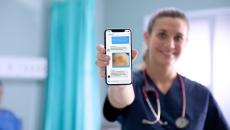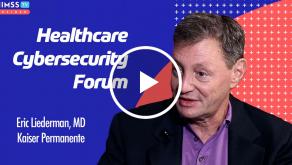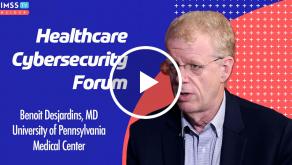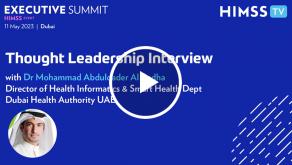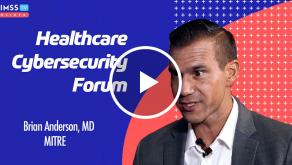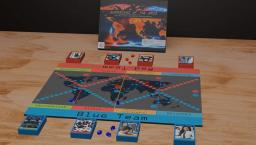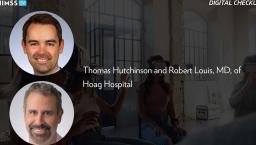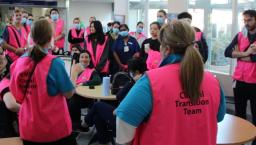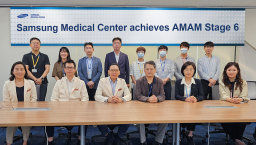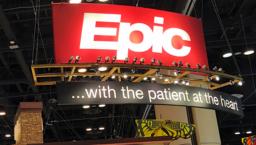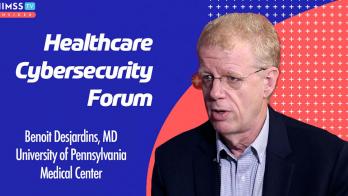3 things CIOs should look for at HIMSS16

The thought of traveling to Las Vegas in late February (for those of us located in the more frigid regions of the United States) is an attractive incentive in and of itself to head west for HIMSS16.
As a healthcare IT veteran, I attempt to balance my time away from the office and attend the HIMSS16 Conference and Exhibition once every several years. For a variety of reasons, along with Penn Medicine’s recognition in several conference venues, I’ll be making my way to Las Vegas this year.
So what will I be in search of during my visit?
I’m mainly seeking to find and extend return on investment. Penn Medicine has made a significant investment in implementing applications to acquire and aggregate data for distribution and analytic purposes. My focus this year will be to investigate additional avenues to leverage this rich data for the benefit of our patients’ care and research activities.
There are a few items of particular interest that I will be seeking during the conference:
1. Wearables: Through the extra-ordinary efforts of one of our cardiovascular physicians and the IS Team, Penn Medicine successfully completed a pilot study leveraging Apple’s HealthKit to monitor the blood pressure of 20 postpartum women over a high risk period of time. Key components of the pilot study were a wireless Bluetooth blood pressure cuff, Apple iPhone and the integration between Apple HealthKit and our Epic electronic medical record. I’ll be on the lookout to see what other healthcare and vendor organizations are doing in the space of wearables and remote monitoring.
2. Surveillance software: To date, Penn Medicine has either developed or co-developed (recent efforts with Intel Corporation) software to constantly monitor our patient care and research data sets in order to proactively identify trends for changes in a patient’s health. Our internal efforts have generated positive results, but attaining these results often takes significant planning, design, and development time and efforts. I’ll be looking to learn if a more turnkey approach to surveillance software has been developed and what use cases are supported.
3. The next big thing: I’m a big believer that technologies that already exist to solve problems in other industries could generate similar benefits within the healthcare realm. To some extent technologies such as RFID and secure texting fit this description. I’m searching for something that, when I see it, I’ll know it. One area of interest is around the concept of patient entertainment or amusement. Many of the patients at Penn Medicine facilities tend to be of high care acuity and as a result have extended hospital stays. Our cable television solution is adequate, but a more engaging and cost effective entertainment solution that includes internet, movies, radio, books, and games would be optimal. If hotels can do it, why can’t health systems?
These are my specific areas of interest when I head west in February. Of course, the educational sessions, keynote speakers and reconnecting with many colleagues will also bring great value. I’m looking forward to this upcoming venture and hope everyone has an enjoyable time.
What will you be searching for?



